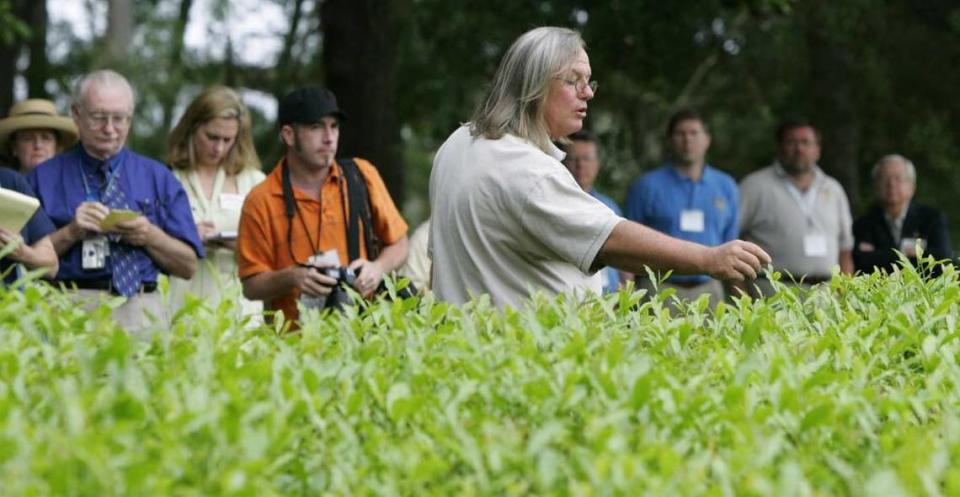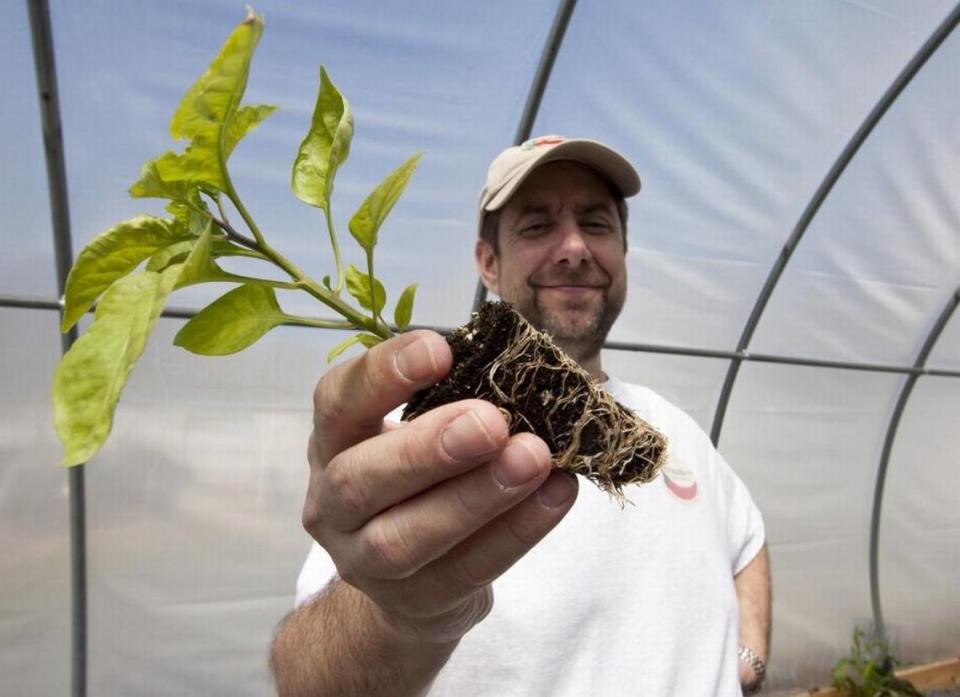What do you consider iconic SC food brands? Here are 5 of the best invented in the state
What do you think of when you think of iconic foods created in South Carolina that have a certain cache, an iconic feel, and have stood the test of time?
For many it’s Duke’s mayonnaise, so revered in some parts of the South it prompted the comedy team at Sh%t Southern Women Say to write a bit for their first episode 10 years ago in which women are eating what looks like potato salad and one says to the other, “EWWW, she didn’t use Duke’s Mayonnaise.” They are both duly disgusted.
Expanding across the U.S., Duke’s popularity remains solidly in the South — although one person on the internet professes to have seen it in Modesto, California — the allure of Duke’s has probably not reached the level of desirability that Coors beer had in the 1970s and 1980s when you couldn’t buy it in most parts of the U.S.
Nevertheless, someone on Amazon is selling four jars for $38.99. They’d cost less than $20 at Target.
Most know the story of Eugenia Dukes, who sold sandwiches to troops at Camp Sevier near Greenville during World War 1. She also sold the sandwiches — egg salad, chicken salad and pimento cheese — in canteens and other places around town. Popular yes, but what people really raved about was her mayonnaise.
So she set up a factory in downtown Greenville that is now part of the Peace Center for Performing Arts. Before long, she sold her mayonnaise company to the C.F. Sauer Co. of Richmond, Virginia. But Duke’s is still made in Mauldin.
Here’s a part of Eugenia’s story people may not know. She and her husband moved to California to be closer to their daughter, who had married a soldier from Los Angeles. And within a year, Eugenia had started another company, Duchess Sandwich Co. She had sold the Duke’s name.
The secret to what sets Duke’s apart? Cider vinegar.
Here are a few other food brands with a following birthed in South Carolina.
Blenheim Ginger Ale
First things first. Blenheim is still family owned. Developed by Dr. C.R. May and A.J. Matheson in Marlboro County, it’s now made by third generation Schafer family in Dillon County.
May came up with the recipe to mask the bad taste of local spring water he was telling people with stomach problems to drink. He added Jamaican Ginger, according to the company’s website.
A bottling plant opened in 1903.
The Shafers bought the company in 1993. They also own South of the Border.
“Blenheim is the oldest continuous independent soda bottler in the world, and a cult favorite among locals, visitors, spicy food aficionados, and celebrities alike,” the company states.
Adluh Milling Company

The Adluh Flour Mill, now Allen Brothers’ Adluh Flour Mill, opened in 1914 in Columbia and is South Carolina’s only operational flour mill, according to the company’s website. The plant in fact is listed on the National Register of Historic places.
The unusual name comes from a Shriners drum corps that was named for its captain, Hulda. Adluh is her name spelled backwards. She was 8 years old.
“In 1914, the little girl with big blue eyes and a head covered with bright golden curls became the namesake for the new Adluh Milling Company,” the company says on its website.
The company went through bankruptcy proceedings in the 1920s and the plant was closed until 1926 when Allen Brothers Milling Co of Wadesboro, North Carolina, bought the mill, which remains at the spot it originated, 804 Gervais Street.
Besides flour, the company makes grits, corn meal, baking mixes and sells caps, watercolors of the distinctive mill and notecards. The website also has a number of recipes, including scratch biscuits and pound cakes.
Charleston Tea Garden
South Carolinians tried for the better part of 150 years to grow tea. Then came Dr. Charles Shepard in 1888. He was able to grow tea at the Pinehurst Tea Plantation in Summerville.

People say it was award winning. But when he died in 1915, the company died with him. The tea plants were abandoned for 45 years.
That was when his plants were transplanted to a 127-acre potato farm on Wadmalaw Island for research. Then called Charleston Tea Plantation, the operation went commercial in 1987 when William Barclay Hall bought the land.
He was a third generation tea taster and studied in London. He created American Classic tea, the only one made with all American-grown tea.
The Bigelow Tea Company, headquartered in Connecticut, bought into a partnership with Hall in 2003. Hall died in 2022.
The name was changed from plantation to garden in 2020.
“This land has been farm country for decades so we knew that changing the name from plantation to garden represented the land appropriately. We are also sensitive to the fact that plantation is a word that carries significant pain for many in this country and throughout the world,” the company says on its website.
Puckerbutt Pepper Company
Ed Currie was once a banker. A native of Michigan, he became interested in chili peppers in the 1980s. He considers himself something of a mad scientist. He combined this and that and before long he came up with HP22B.
It’s now known as the Carolina Reaper, which was certified in 2017 as the hottest chili pepper in the world, according to the Guinness Book of World Records.

Let’s just say the Reaper is so hot a reporter for NPR affiliate WFAE ate a small piece, rolled on the floor and hallucinated. He shared his story on the radio in 2011.
Another report of bad outcomes came in a New York City ER after a man ate a reaper and got a thunderclap headache. He’s written up in medical journals.
“Those who don’t fear the Reaper are fools,” Currie says on his website. “It is Painfully Hot, with sweet, fruity undertones and hints of cinnamon and chocolate. It can be used to spice up your sauces, salsas or in combat.”
Currie has a new and hotter pepper, known for the time being as Pepper X.
Puckerbutt has a store on Main Street in Fort Mill, selling a variety of pepper sauces (mild to flaming), mustards, jellies, and chocolates. One item is a sauce called “I Dare you Stupit.”
Puckerbutt sells seeds, including Carolina Reaper.
Pepper X was 10 years in the making and is a cultivar of Capsicum chili pepper. Currie has told various publications he needed Pepper X because most chili peppers were too mild.
He was looking for more heat but also flavor.
Pepper X peppers and sauces are not on the market just yet but they were used to make the hot sauce “The Last Dab,” a collaboration between Currie and The Heatonist founder Noah Chaimberg.
On his website Chaimberg says, “More than simple mouth burn, Pepper X singes your soul.”

